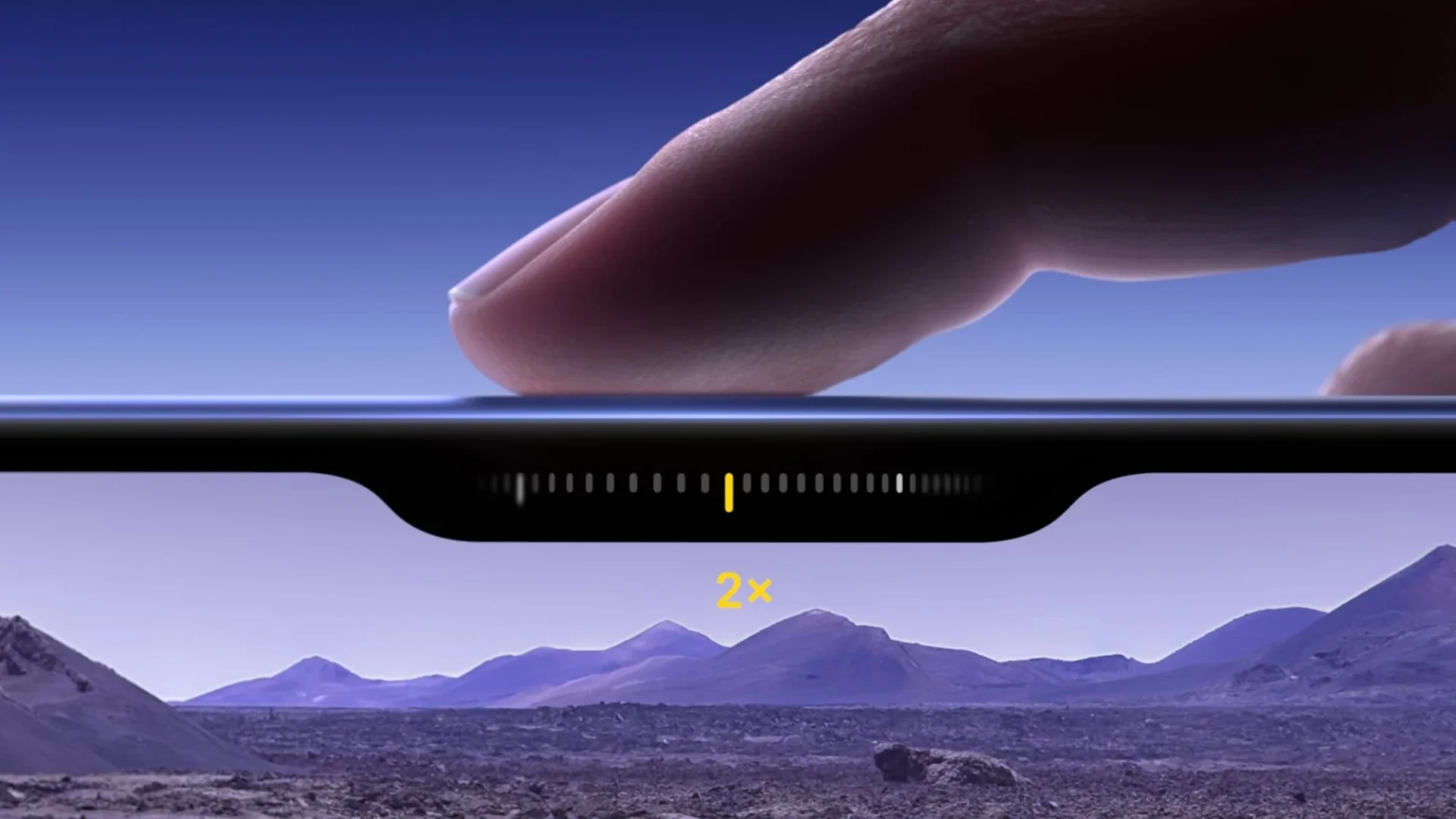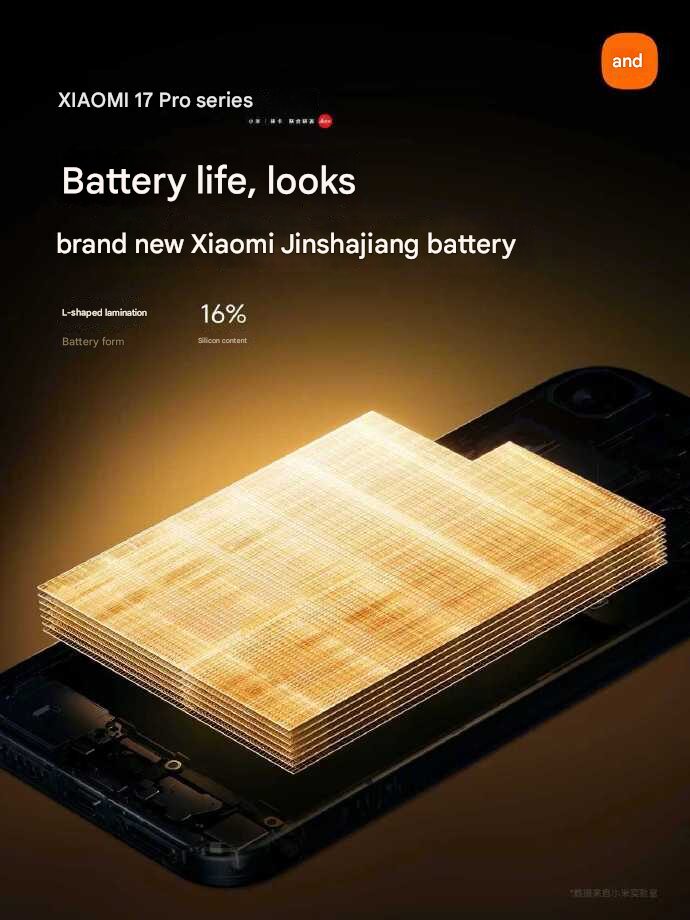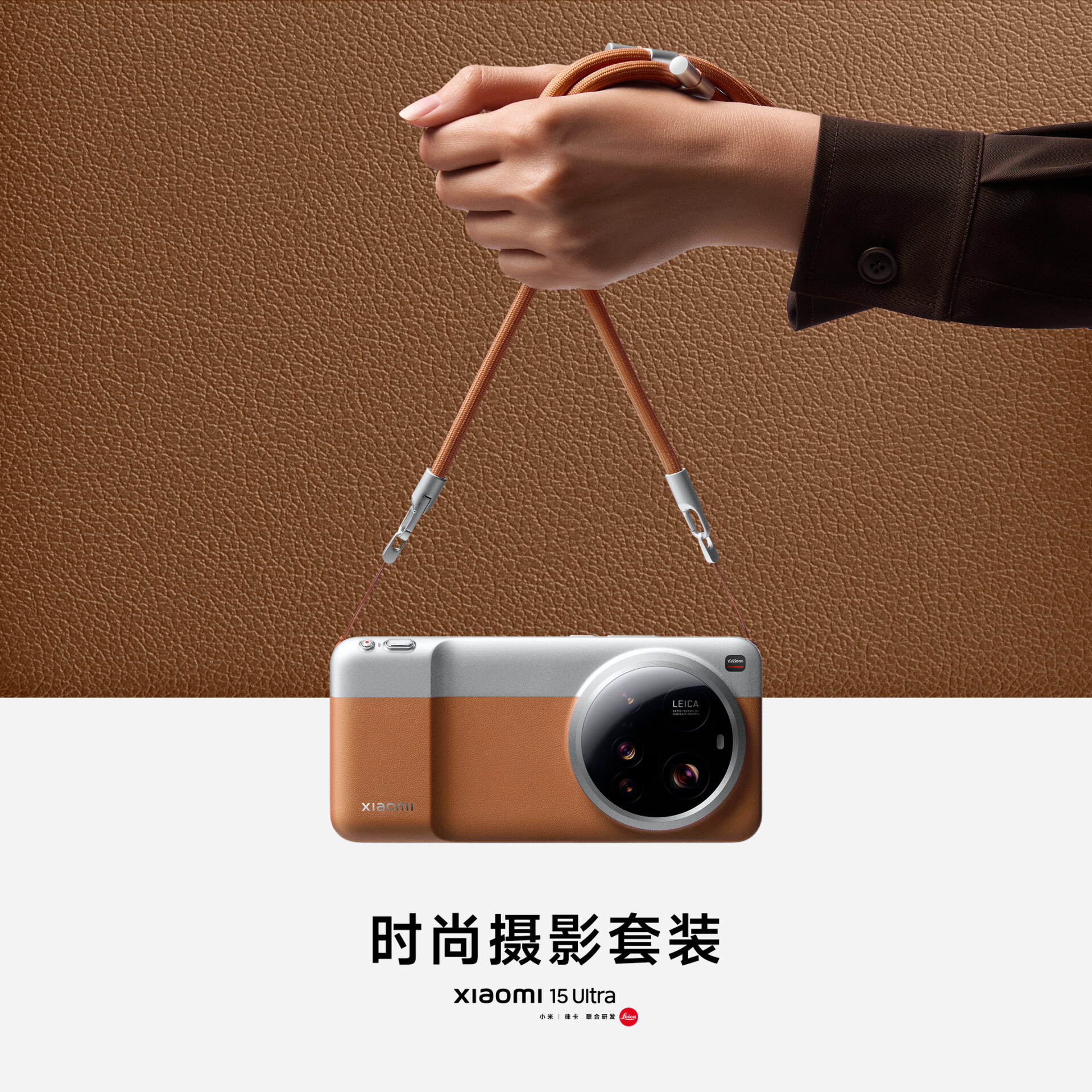Competition among major smartphone brands has only increased with the transition toward advanced mobile imaging. While Apple just revealed a new capacitive “Camera Control” button on the iPhone 16 Pro series of phones, Xiaomi consciously opted not to include this mechanism in the forthcoming Xiaomi 17 series of lineups. Instead, the company decided to focus on larger battery architecture, computational photography, and other signature innovations, such as the Dynamic Back Display. Similar technological directions can be read about in our Xiaomi 17 coverage, HyperOS updates, or device comparisons across the site.
Why Xiaomi Skipped Apple’s Camera Button
In Xiaomi’s design strategy, there is an increasing focus on long-term user habits and internal hardware balance. The introduction of a capacitive camera button would require significant frame space for sensors, flexible cabling, and haptic systems. The engineers involved decided that doing this in a device with a big battery and enhanced cooling for the Snapdragon 8 Elite platform would compromise the internal thermal and structural efficiency.
Battery Capacity and Frame Engineering
Xiaomi’s hardware layout in the Xiaomi 17 Pro Max continues to prioritize high-density silicon-carbon battery modules. This results in longer operation times, improved thermal regulation and the ability to maintain consistent camera performance. Integrating Apple-style capacitive controls would reduce available frame volume, conflicting with user expectations for extended battery life and sustained performance.
Xiaomi’s Focus on Dynamic Back Display
Instead of implementing a hardware shutter-like control, Xiaomi focuses on technologies of visual interaction. The Dynamic Back Display targets vloggers and creators; it serves as a real-time rear camera preview and allows for high-quality selfies using the main optical module. The decision is in line with the growing demand for social media-oriented imaging and decreases the long-term dependence on front camera cutouts.
User-Centered Imaging Workflow
This innovative interface makes Xiaomi’s imaging system more adaptive. Using the main camera sensor for self-recording, all users achieve better dynamic range and improved subject tracking. The feature closely integrates with HyperOS imaging algorithms to offer predictable exposure and autofocus behavior without needing extra mechanical surfaces.
Modular photography with Xiaomi’s accessories
Xiaomi retains physical shutter ergonomics through its detachable Photography Kit, available on Ultra models. This accessory offers two-stage mechanical capture, zoom control, and extended grip stability—features impossible to replicate on thin device frames. By keeping these controls modular, Xiaomi preserves a compact profile for daily use while providing professional functionality when needed.
Economic and Design Flexibility
Modular solutions create added value in accessories while the core device can maintain structural uniformity. It’s a dual-system approach that sets Xiaomi’s industrial design apart from competitors reliant on permanent external buttons.


 Emir Bardakçı
Emir Bardakçı




